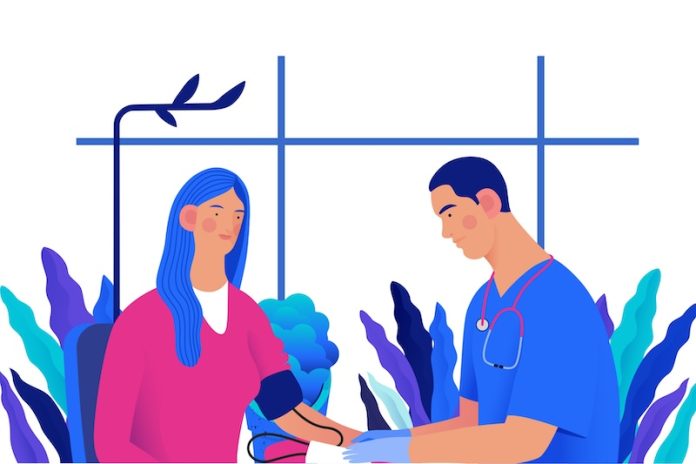
High blood pressure, also known as hypertension, is a common condition, especially among older adults. It’s often called a “silent” issue because it usually doesn’t cause noticeable symptoms.
But even if people don’t feel sick, high blood pressure can still lead to very serious health problems, like heart attacks or strokes. Many people use medication to help keep their blood pressure in a safe range, which is often necessary as they age.
Researchers are always looking for new ways to improve treatments for high blood pressure. Small improvements can make a huge difference for millions of people.
Recently, a team of researchers looked into how different high blood pressure treatments affect the risk of stroke in older adults. They were curious if more intense treatments could better prevent strokes in people who are at a higher risk due to their age and health conditions.
To dig into this question, the researchers reviewed data from nine major studies that were specifically focused on high blood pressure treatments.
These studies were randomized clinical trials, a type of study that gives one group of people a specific treatment while another group may receive a different one or none at all. This helps researchers compare the effects of each treatment.
Altogether, the trials included 38,779 participants. Most of these people were between 66 and 84 years old, and they were followed over time, between 2 to nearly 6 years, to see how their health was affected by the treatments they received.
What the researchers discovered is that a more intensive treatment plan – which means aiming for a lower blood pressure than usual – could reduce the risk of stroke in older people. They found that for every 200 older adults who received this intensified treatment, one stroke was prevented within about 1.7 years.
Interestingly, they noticed that the time it took for the treatment to make a difference depended on the person’s initial blood pressure.
People who had a starting systolic blood pressure (the top number in a blood pressure reading) of 150 mmHg or lower needed more than 1.7 years to see the protective effects of the treatment. However, for those whose systolic pressure was over 190 mmHg, the treatment started to help in less than 1.7 years.
This kind of information is helpful for doctors when they discuss treatment options with older patients. Currently, guidelines from the American College of Cardiology and the American Heart Association recommend that doctors talk with older patients about both the benefits and risks of high blood pressure treatment.
But there hasn’t been much clear information on how quickly treatments actually start to reduce the risk of health problems, like strokes. These new findings give both patients and doctors a better idea of what to expect from different treatment approaches.
Vanessa S. Ho, the lead researcher from California Northstate University College of Medicine, explained why this kind of information matters. For older adults, especially those who may not have many years left, it’s important to know how soon a treatment could help.
These patients might not want to add more medication if it will take a long time to make a difference in their health. Knowing that an intensified treatment could reduce the risk of stroke within a couple of years or less can help them make more informed choices.
So, what does all this mean? For older adults with high blood pressure, more intense treatment might lower their risk of having a stroke, and it could do so relatively quickly, within about two years or even less.
This is promising news that could help many people live healthier lives. It also helps fill in gaps about high blood pressure treatments, which could help both doctors and patients make better decisions about their care.
The study was published in the Journal of the American Geriatrics Society. It’s one more step toward understanding how high blood pressure can be managed more effectively for older adults, especially for those who may have limited time to benefit from treatment.
If you care about stroke, please read studies that diets high in flavonoids could help reduce stroke risk, and MIND diet could slow down cognitive decline after stroke.
For more health information, please see recent studies about antioxidants that could help reduce the risk of dementia, and tea and coffee may help lower your risk of stroke, dementia.
Copyright © 2024 Knowridge Science Report. All rights reserved.



